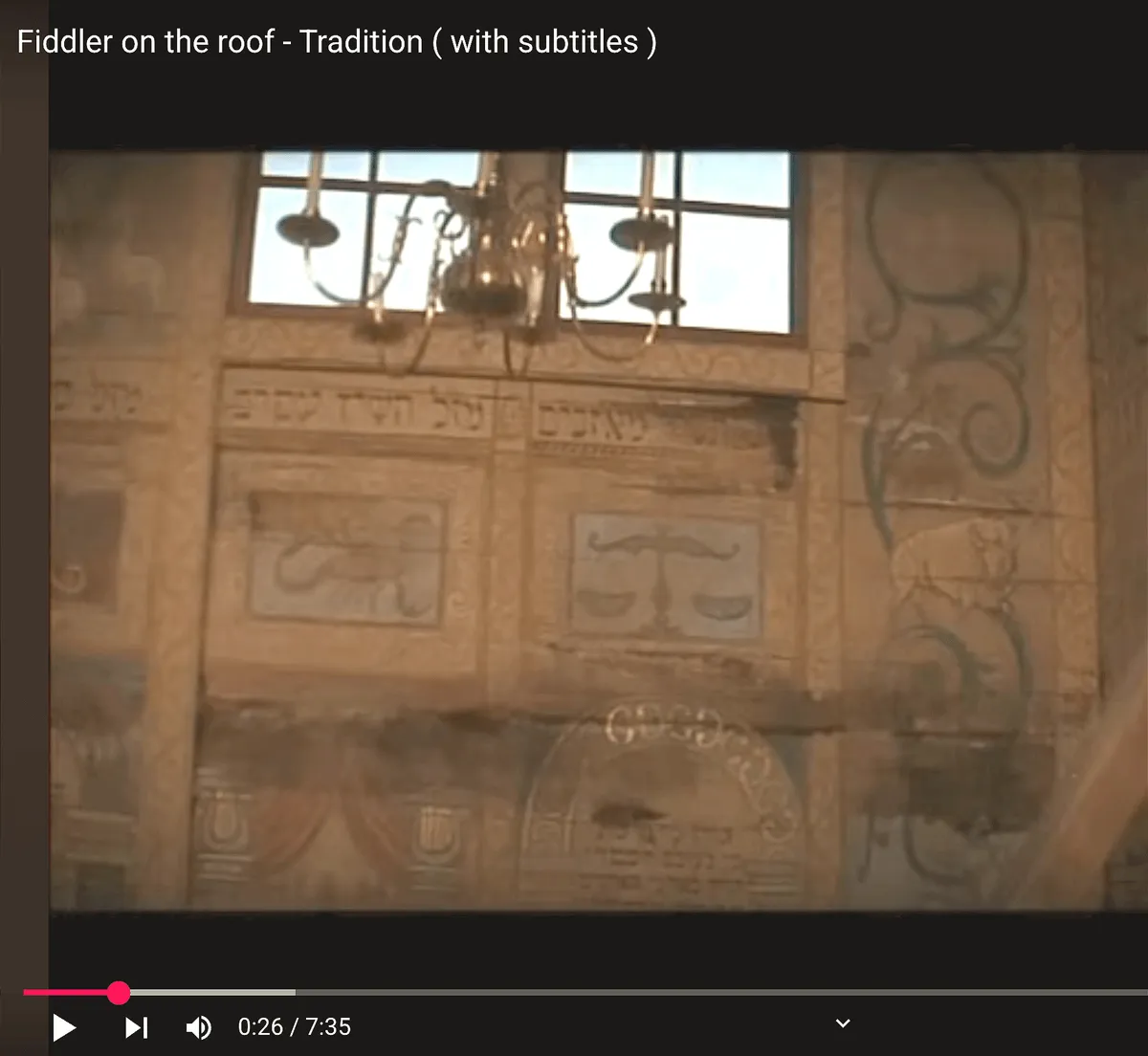under the constellations
and what they can teach us about interpreting jewish law

🔈 Reminder: the website version of this post, found at LifeIsaSacredText.com, offers an audio (text-to-speech) reader.
Happy almost-sesquicentennial 4th of July, if you're in the US! Isn't a country not under the thumb of a tyrannical king worth fighting for? Anyway, Not the topic:
And when you look up to the sky and behold the sun and the moon and the stars, the whole heavenly host, you must not be lured into bowing down to them or serving them. These your God allotted to other peoples everywhere under heaven (Deuteronomy 4:19)
As we talk about the prohibitions against divination this week, I thought it might be fun to look at how the tradition dealt with an interlocking issue– that of looking to the stars for guidance. Especially on a day that's traditional for looking up (at fireworks, OK, but still).
And, as it happens, it gives us a great little case study on differing philosophies of Jewish law– as you'll see.

